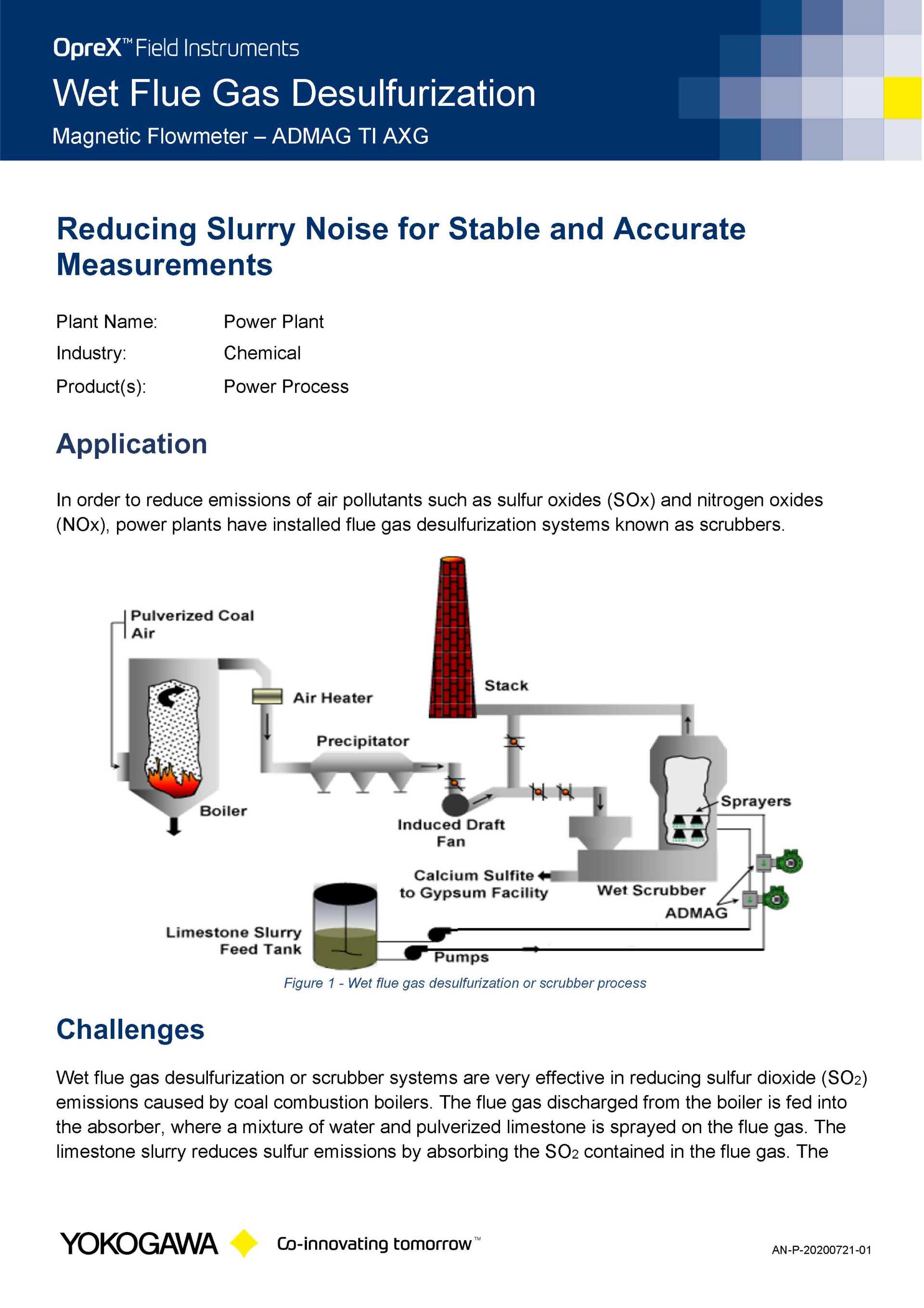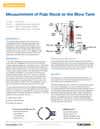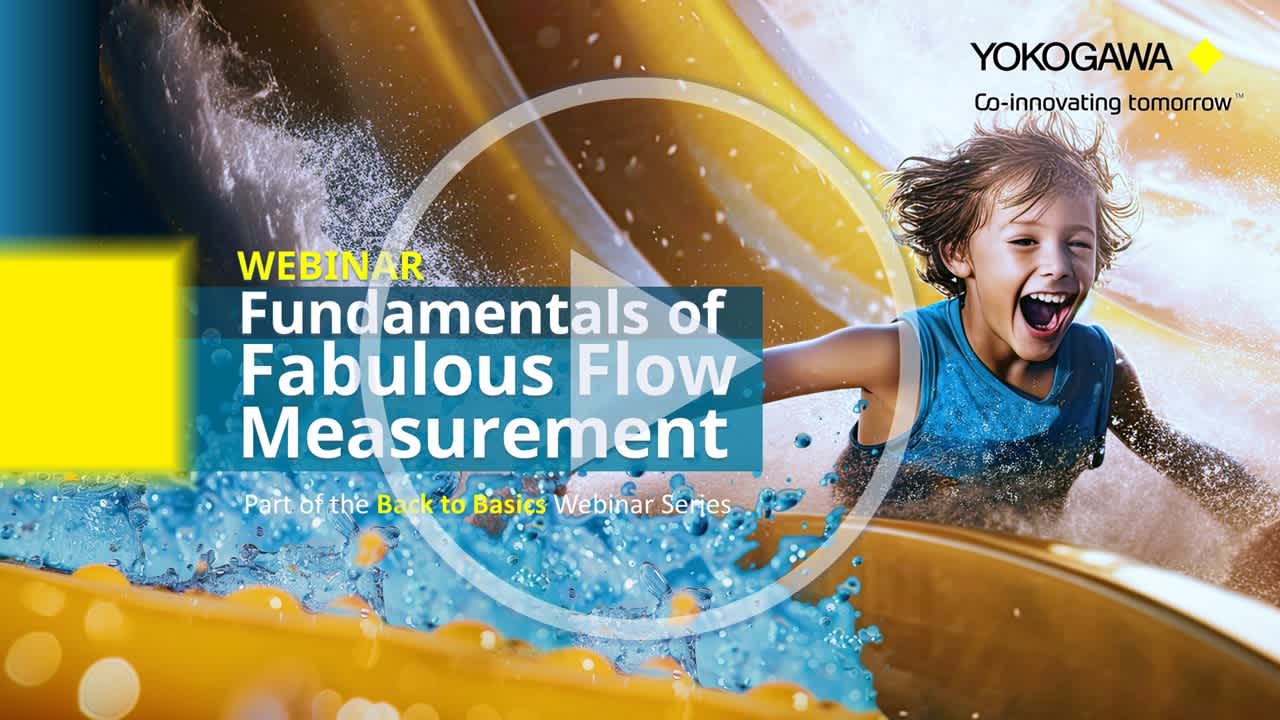The ADMAG CA magnetic flow meter adopts a system to pick up the electromotive force generated in a fluid by electrodes provided outside a ceramic pipe through the capacitance of the pipe. In addition, the flow meter employs a prominent high-frequency excitation method that reduces flow noise in low conductivity fluid.
ADMAG CA magnetic flow meter is excellent at measurement in ultra-low conductivity fluids down to 0.01 microS/cm, adhesive fluids, or slurry fluids. Since ADMAG CA employs a non-wetted electrode construction, picking up the signal voltage by electrode plates provided outside a ceramic pipe through the capacitance of the pipe.
Features
Ultra Low Conductivity Measurements
Capacitance type electrodes and very high impedance amplifier of ADMAG CA makes ultralow conductive fluid measurement possible. This combined technology allows the ADMAG CA to measure fluids with conductivity levels as low as 0.01μS/cm.
Accuracy Specification
The ADMAG CA offers accuracy up to 0.5% of flow rate.
Non-wetted Electrodes
The ADMAG CA utilizes a non-wetted electrode design. Instead, electrode pickup plates are placed on the measuring tube to pick up and measure the electromotive force. The non-wetted electrodes create an excellent opportunity for use in chemical and slurry applications as it is not affected by the corrosion, coating, ultra-low conductivity, and abrasive issues associated with wetted electrodes.
This reduces the effect of slurry or process noise, eliminates potential leak paths, and makes it ideal for high coating process applications.
Ceramic Liner - Excellent for Corrosive Fluid and Abrasive Fluid
Ceramic liner tubes have many advantages over fluoropolymer (PFA/PTFE) or other liner materials like rubber. ADMAG CA uses alumina ceramic (Al2O3 ) for its ceramic liner tubes, which demonstrates excellent characteristics for a broad range of applications.
The alumina ceramic (Al2O3 ) used in the ADMAG CA has a purity of 99.9%.
These properties of the ceramic liner provide excellent:
- resistance to abrasion, ensuring accurate measurements even with highly abrasive slurries
- resistance to corrosive fluids
- durability under high temperature and high pressure conditions without additional metal tube
Coating Resistant
Non-wetted capacitive electrodes can measure electromotive force through capacitance including coating insulating material, offering steady measurement. The ADMAG CA is ideal for field-proven applications such as latex, reclaimed oil, hot spring water, red mud, and dye which are more difficult to measure with conventional magnetic flow meters.
Mirror Finished Surface
By means of a special magnetic polishing process, the inner surface of the ceramic liner tube can be given a mirror finish. This polishing method is advantageous in eliminating problems such as abrasive irregularities and dull edges and will reduce the coating affects of your process. The mirror finished ceramic liner tube has a surface roughness of Ra 0.1 μm.
Resources
In order to reduce emissions of air pollutants such as sulfur oxides (SOx) and nitrogen oxides (NOx), power plants have installed flue gas desulfurization systems known as scrubbers.
The pulp and paper industry holds some of the most aggressive and challenging applications for magmeters. There are corrosive chemicals, high temperatures and pressures, and abrasive slurries. One application which is particularly difficult is the measurement of pulp stock from the digester to the blow tank. Yokogawa can provide one of the most reliable and accurate meters for this application.
Recent or pending air pollution legislation to reduce the amount of air pollutants is increasing worldwide. In the U.S., The Clean Air Act address numerous air quality problems. One of these problems is acid rain (much of which falls in Canada) caused by sulfur dioxide and nitrogen oxide emissions from fossil-fueled power plants and other industrial and transportation sources.
Downloads
Brochures
- Magnetic Flowmeter ADMAG series (3.1 MB)
- ADMAG CA Capacitance Magnetic Flowmeter (3.1 MB)
- ADMAG CA Measuring the impossible when nothing else will work (967 KB)
- ADMAG Handbook Frontpage / Yokogawa Flow Solution (7.3 MB)
- Flow Meter Selection Guide Poster
- Brochure: Five Mistakes When Selecting a Flowmeter
- Mining Solutions (3.2 MB)
- Advanced Diagnostics for Increased Process Visibility (1.2 MB)
- Beyond Standard Answer for Your Requirements (Customized Solution) (769 KB)
- Five Mistakes When Selecting a Flowmeter (440 KB)
- Ceramic Liner for Superior Abrasive & Chemical Resistance (1.2 MB)
- Dual Excitation for Stable Measurement in Any Application (960 KB)
- Electrode Construction for Uninterrupted Operation (1.4 MB)
- Flow Meters History (1.6 MB)
- Magmeters History and Working Principle (1.4 MB)
- PFA Liner Durable under Any Process Condition (1.3 MB)
- Rigid Construction for Installation Flexibility (767 KB)
Instruction Manuals
General Specifications
Software
- ADMAG CA Sizing Program Version 7 (374 KB)
Engineering Tools
- Capacitance Magnetic Flowmeter (83 KB)
- Capacitance Magnetic Flowmeter (81 KB)
- Capacitance Magnetic Flowmeter (65 KB)
Videos
Our experts review the theory behind flow measurement technologies. Discuss common flow application challenges and evaluate the different technologies when selecting a flow meter. They also give examples of best installation practices for successful measurements.
2D/3D Configurator
News
-
Press Release Jul 6, 2017 Yokogawa Provides Enhanced Online Product Selection Experience
Looking for more information on our people, technology and solutions?
Contact Us



